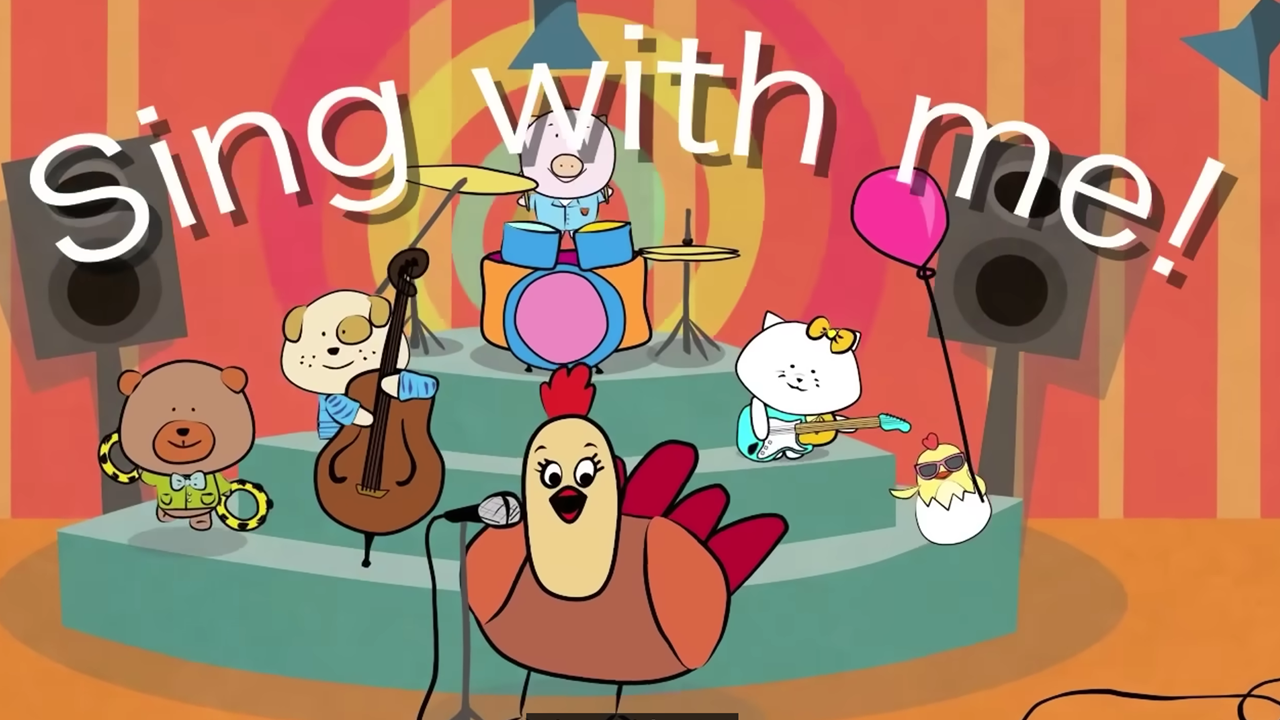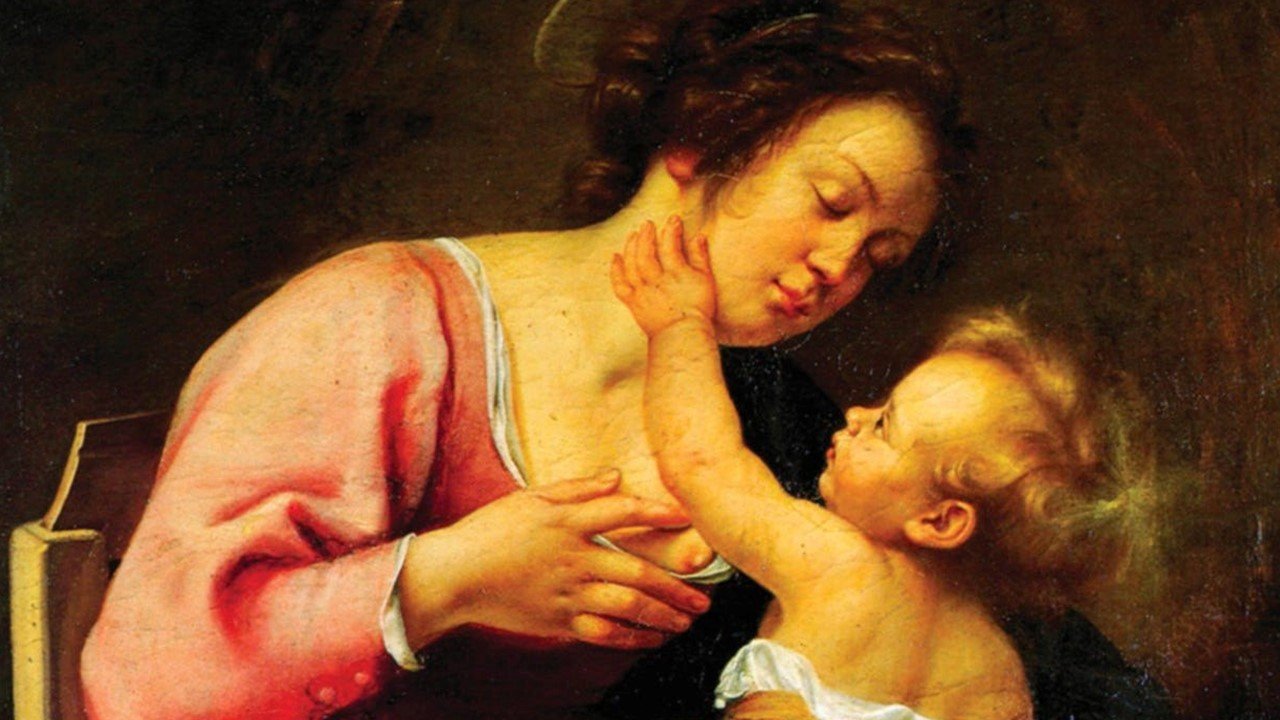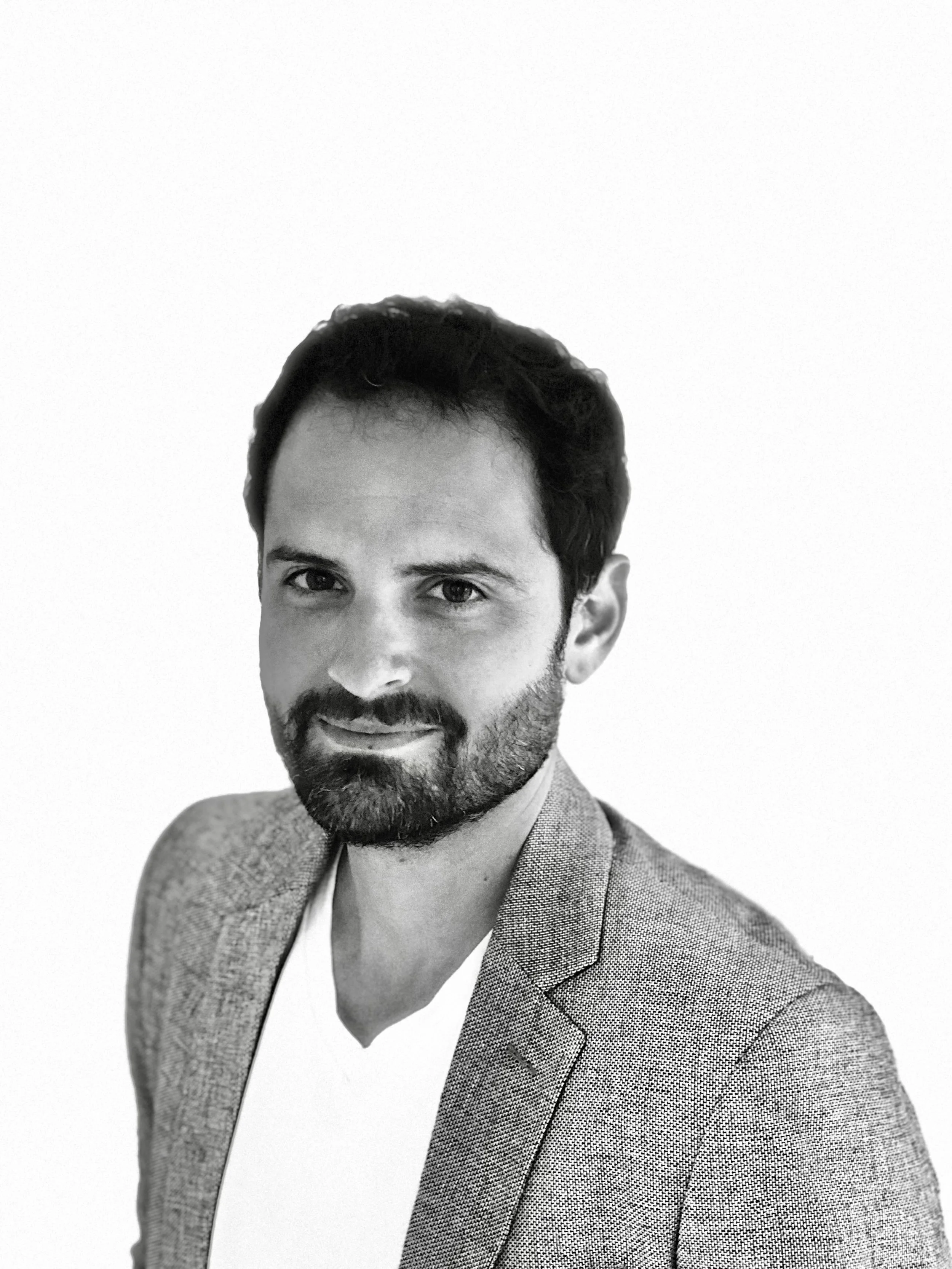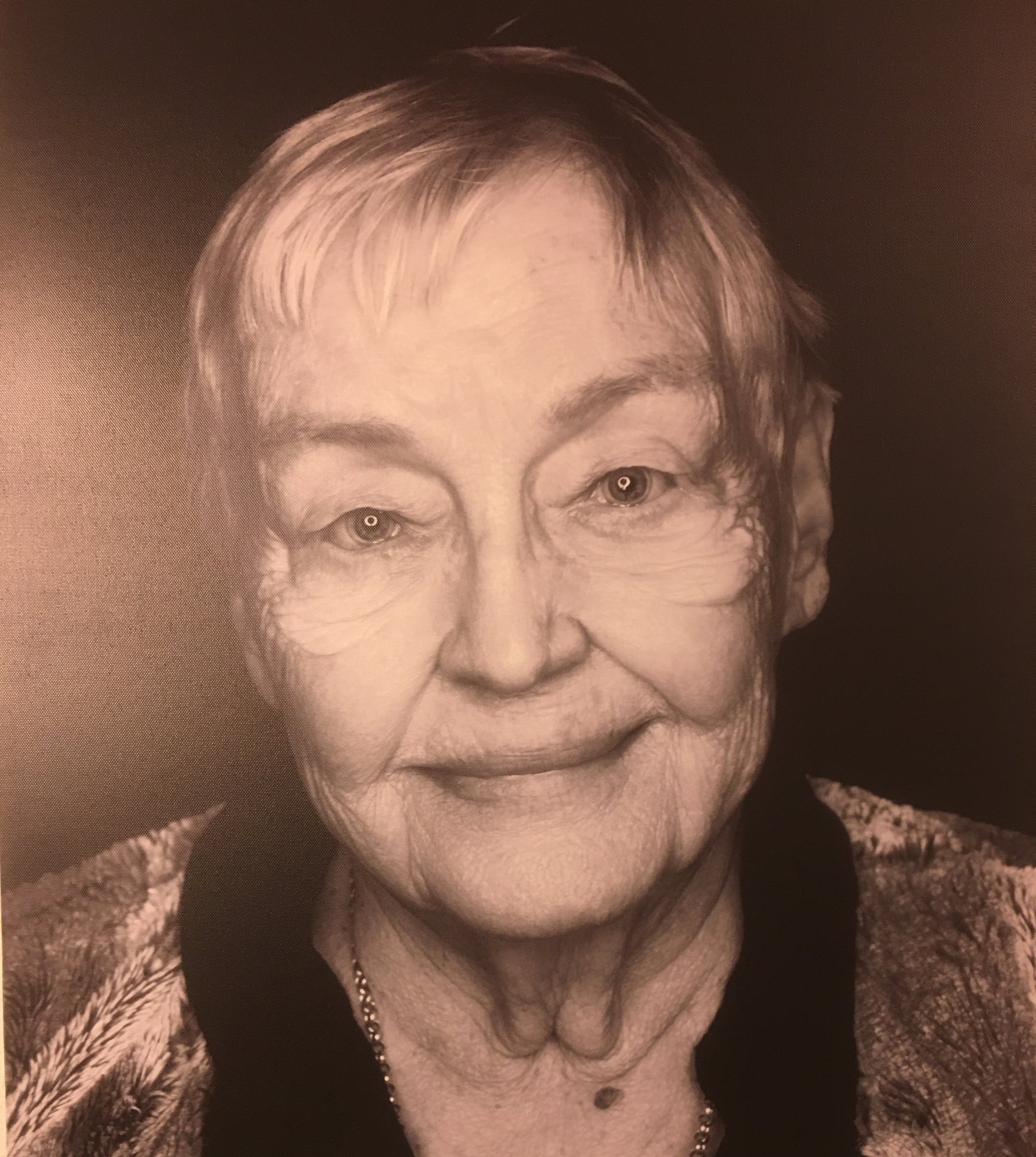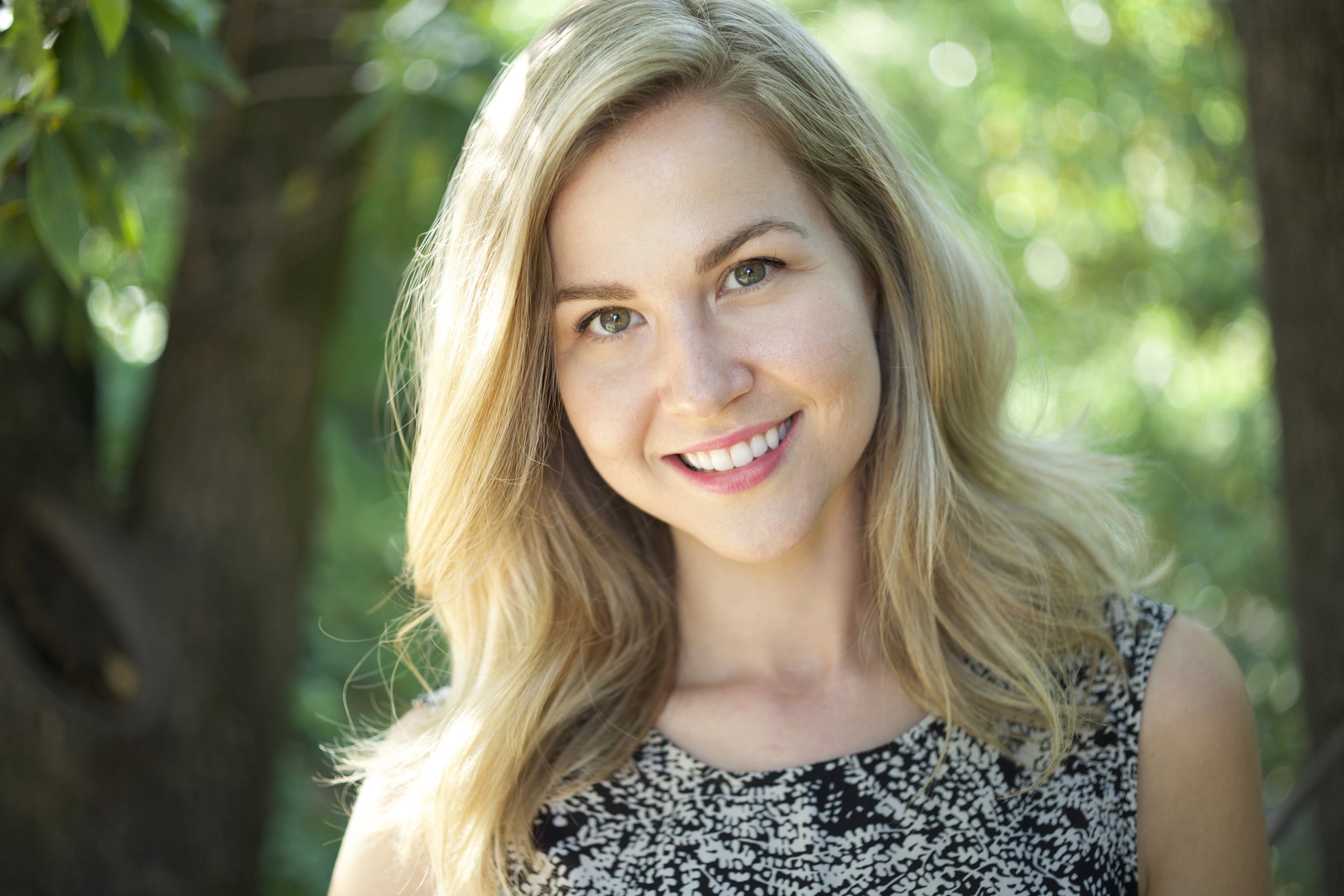A Comprehensive Model of Human Courtship Series, Step Four (Phase II): Finding Value in Each Other
Image: Jean-Marc Nattier, Public domain, via Wikimedia Commons
This is the fifth in a series of articles by Dr Dobransky covering the phases of Sexual, Emotional, and Intellectual Attraction. The first article in the series can be found here, the second here the third here and the fourth here.
PHASE II OF HUMAN COURTSHIP: LOVE AND FRIENDSHIP
In phase one of courtship, we were centered on the polarity between masculinity and femininity that causes sexual attraction—a “reptilian-brained” phenomenon based on the instincts and the unconscious energy of desire and passion.
In phase two of courtship, we enter an entirely different set of simultaneously running psychological principles. Using our central model of Paul Maclean’s Triune Brain Theory, we transition the developing relationship from the unconscious passions and desires of the “reptilian-brained” instincts over to the “mammalian-brained” or limbic system-based emotional processes.
Here we find ourselves entering an emotional “bonding” with a strongly desired person in a new experiential state called, “love” or “friendship.”
Our series must now move on from the unconscious but accurate discernment of the masculine and feminine instincts that mutually impassion each other to full desire—but where behavior is fickle, and passion can die off for one or the other person over a miscue, a failure of one of the steps of courtship to follow.
In Phase I, Sexual Attraction, what occured between the couple was an attachment caused by the fluent interaction between the masculine and feminine instincts. They both “did the dance steps” correctly, to fully attach.
But attachment alone is not enough for a full, mature romantic love.
For there to start to be a more durable connection between the couple beyond just being lovers with the attachment inherent in a complete sexual desire, there needs to be bonding—yet another “imprinting phenomenon.”
You may recall our past discussion of Konrad Lorenz and his discovery of imprinting, and how the rest of his academic career was spent studying human courtship. We concluded that each step of human courtship forms a “pass-fail” system very similar to the characteristics of imprinting itself: where the right behavior must be displayed in the right way and at the right time (in this case, the current chapter and scene in the overall story of courtship).
In the ordinary terms of a “story of love,” where we are moving beyond a “hookup” as lovers, and into the second phase which could also be called, “boyfriend-girlfriend” in exclusive dating.
Here, we no longer need to refer to Greek gods and goddesses who represented the archetypes, or masculine and feminine instincts.
Instead, we talk of the emotions in all their diversity, yet for the first time bring men and women together in their very similar experiences and range of feelings.
Together, men and women discover that…
LOVE IS DEFINED AS
THE MUTUAL RAISING OF EACH OTHER’S SELF-ESTEEM
To understand why we call Step 4 of human courtship “Finding Value in Each Other,” we will need to deal with some definitions and synonyms for what amounts to positive emotional energy.
If I could summarize what makes Step 4 unique, and the new level of relating to each other a couple has reached, Phase II (Emotional Attraction) unique, it would be that we have transitioned from “feeling horny” to “feeling happy.”
Phase II of courtship, the “mammalian phase,” is marked as being part of a developing romance where we make each other very happy, which is likewise to say less anxious, less sad, less angry, and less dissatisfied with ourselves and our lives.
This is the phase of romance that is evidenced as failing when one partner tells the other, “I’m just not happy anymore.”
What this means is that as a state of affairs, they either don’t feel as loved, or not as loving toward the other, or both.
That’s the “state.” As far as function, this comment also means that they don’t feel as much friendship, that the operations, dynamics, and component parts of friendship are falling apart, or never were set in motion in the first place.
Luckily, we have Aristotle to thank for some of the earliest sketches of the anatomy of friendship, but more of that in a moment…
Thus far, we have several synonyms, all designating a subjectively measurable amount of positive emotional energy in each individual, and collectively as a couple:
Happiness = Love = Friendship = Bonding
HAPPINESS FOR ONE IS “SELF-ESTEEM”
AND HAPPINESS FOR TWO IS “LOVE”
Step 4 of courtship (“Finding Value in Each Other”) is where we first start to feel these versions of positive emotional energy on account of the presence of the other person, and therefore less of the opposite, negative emotions of sadness, anxiety, anger, dissatisfaction, or all manners of dysphoria.
As a state of things, we feel happy around the other person (not merely desire), and with some contemplation, we realize that we are starting to feel love.
In the function of things, we are starting to operate as friends to each other and feel a positive emotional bond that powers these functions. While “Love” is a sharing of Self-esteem between the couple, they of course also engage in intimate communication of ideas. Their personal boundaries are so close as to abut each other, and that is called intimacy.
In other works—The Secret Psychology of How We Fall in Love, and The Power of Female Friendship—I refer to another synonym for the positive emotional energy of the “mammalian brain” as Self-esteem.
In those works, I refer to two “types” of self-esteem a “maternal” one called Well-being, and a “paternal” one called Confidence.
The first, Well-being, is a maternal, positive emotional energy of nurturing, or need satisfaction.
To understand the value of Confidence as an aspect of friendship and as a type of Self-esteem, consider it within the “mammalian-brained” Aristotelian category called “utility.”
“A friend might have particularly helpful skills, relatively greater popularity, or physical strength. Because the relationship is based on a history of conferring benefits on one another, if that utility falters, so does the relationship.”
I believe that the existence of these two types of Self-esteem (Well-being and Confidence) explains diverse research findings, not the least of which is that the growth and prosperity of children are maximized when there are two-parent households from which we draw these two different positive emotional energies (read Troubled, by Rob Henderson).
“there are therefore two “ways of loving”—a “maternal” way that nurtures another and relieves hunger, lack, and ultimately sadness and anger, and a “paternal” way that pushes another to pursue goals, go out into the world and to face fear and obstacles, and to therefore overcome anxiety, grief, loss, failure, and lack of personal value and meaning.”
In Step 5 of courtship to come next (“Finding Stress in Each Other”), we see the couple navigate all the kinds of Stress, a negative emotional energy that impacts them and threatens to drain their two kinds of Self-esteem (Well-being and Confidence). This leads to there being two types of Stress, which are Hurt and Loss. In that step, the couple will employ two methods to defeat these stresses, called the Anger Map and the Anxiety Map.
Self-esteem itself I postulate as what is exchanged between people in the very act of what we call Love, that there are therefore two “ways of loving”—a “maternal” way that nurtures another and relieves hunger, lack, and ultimately sadness and anger, and a “paternal” way that pushes another to pursue goals, go out into the world and to face fear and obstacles, and to therefore overcome anxiety, grief, loss, failure, and lack of personal value and meaning.
The presence of these two positive emotional energies counters the corresponding negative emotional energies, the purest of which are anger and sadness (relieved by the “maternal” well-being) and anxiety (relieved by the “paternal” confidence).
An equation emerges showing forms of energy and their relations, not far afield of the famous E=mc2 equation from the physical energy of physics (only this is emotional energy instead).
Self-esteem = Well-being + Confidence
So now we have yet another synonym:
Happiness = Love = Friendship = Bonding
= Self-esteem (Well-being + Confidence)
This brings us to why I call Step 4 of courtship, “Finding Value in Each Other.”
“VALUE” AS A MEASURE OF LOVE AND “LOVABILITY”
It is because anything or anyone we “value,”—from an auto to a refrigerator, to a friend, brother, sister, or spouse—we value precisely because they make us happy, and we value them to the precise degree or amount that they make us happy.
My first automobile was a VW, which felt like a bargain at $500 in part because it got me from place to place on my own accord for the first time in my life, and it never broke down. It was a “bargain” precisely because it gave me back far, far more than “$500 worth of happiness.”
Something or someone is a “ripoff” precisely because we receive back far less than the subjective measure we invest in it, or them.
This is the operative principle when we hear a partner say, “I feel taken for granted,” or “I don’t feel valued in this relationship.”
They mean, “I don’t feel loved. I don’t feel friendship. You’re lowering my self-esteem (or at least not raising it).”
So Value = Happiness and the amount that we feel loved by another is our “value” to them, which is the amount of “love” they feel for us, or we feel from them, which is also equal to the amount of self-esteem we produce for them, and which in a solid, stable friendship, ought to be nearly equal to the amount of self-esteem they produce in us (which is then equal to how much love we feel from them, how valuable the friendship is to us, which is equal to how tight or strong the “bond” is between us, all of which is in the end how happy they make us feel in kind).
So now here is where we are at:
Happiness = Love = Friendship = Bonding
= Self-esteem (Well-being + Confidence)
= Value
Now for us to adapt Aristotle’s types of friendship for our purposes ,because Step 4 of courtship needs some operative principles from which to work, and through which we can improve our success at navigating Step 4.
Aristotle broke friendship down into three subtypes: utility-based, pleasure-based, and character-based friendships. Each arises from what is valued in the friend: their usefulness, the pleasure of their company, or their good character.
Look at that. The reason there are three it seems to me is based on today’s Triune Brain Model: pleasure is “reptilian” or instinct and desire-based, utility is “mammalian” or how we view friendship today, and character maturity is that set of virtues of the “higher brain” that we have yet to cover in Phase III, the final phase of human courtship we have yet to cover and that we call “Intellectual Attraction.”
Evolutionary psychologists talk of “reciprocal altruism,” a degree of bonding or friendship between mammals driven by the principle, “You scratch my back, and I will scratch yours.”
Doing works of goodwill toward others may be needed later in a karmic-like return on social investment. This is an instinctual process (as is much studied in the world of evolutionary psychology) and therefore pertains to getting our desires met (and our desire to not die or be killed in the wild).
It is also a known principle that humans tend to cluster together in groups that share the same values, and as such, they prefer and value each other more than those with whom they do not share values. This is a “utilitarian” approach for us to cluster together to aim at joint causes and goals, as mammals tend to do when they run in herds, packs, flocks, and social networks.
The former is “we like those who like us,” and the latter is “we like those who ARE LIKE us.”
A rudimentary first principle of friendship would be that “We like those who like us, and we like those who are like us.”
So far, we have elements of friendship that are representative of the first two or three of Aristotle’s types of friendship, with “reptilian-brained” elements and “mammalian-brained” elements.
But what of the “friendship based on character?” What of the functionality of the “higher brain?”
EMOTIONAL ATTRACTION IS THE FRIENDSHIP OF THE COUPLE
We need to have elements of character virtue itself built into our functional definition of friendship, which according to the results of the Harvard Study of Happiness would then lead us to a functional process for finding more happiness, and therefore value in the eyes of others, love from and toward them, and increased self-esteem for us both as a couple.
From my prior works, the core elements of character virtue (or maturity) are mindfulness, good personal boundary function, and the wisdom (both ethics and shrewdness) to do constructive good in our conduct with others rather than our destructive harm to or use of others.
Synthesizing all these into the simplest common variable in all quality friendships (or loves), I arrive at four variables in our functional definition of friendship:
Consistent, Mutual, Shared Positive Emotion
Love is a synonym for friendship, value, self-esteem, and happiness. It is a deeper bond than just “liking” someone. Love is a more profound word requiring a more thorough and multifaceted definition than “liking” someone or something. However, love still adheres to the basic definition of “liking,” only offering something more.
We have alluded to Aristotle’s several-variable definition of friendship, detailing four variables. Love as a mutual boosting of each other’s self-esteem or happiness would see us finding a growing majority of the four friendship factors in the form of consistent, mutual, shared positive emotion.
1.Consistency that strengthens the emotional bond is akin to reliability and value arising from the fact that, in good times and bad, we can count on a person, as is described in many a marital vow.
Good personal boundaries as a pillar of character maturity must be present for a person to be consistent in their interactions, to be honorable and honoring of others, and to have a code of conduct with them.
2. Mutuality is like “fairness,” and an equality of value between the two people who have come together, where there is no codependence of one person overrelying or borrowing, begging, or stealing from the other person’s value all the time. Instead, there is more of a give and take of leaning on each other - sometimes, the man is more fatherly, as if toward a daughter, and sometimes the woman is more motherly, as if toward a son.
It is a balanced harmony of mutual dependence that we will call “interdependence.” This brings in another of three pillars of character maturity, which is the wisdom to conduct one’s self constructively and with “win/win” dealings with others, in fairness.
3. Sharing is generosity and giving, and it is the in-person presence of another person, which makes this variable of love and friendship very reliable in terms of measuring such arrangements as “long-distance” relationships in terms of value, “the little things counting” in our interactions and the kindness we show one another.
This one brings in the ”mindfulness” of the three pillars of character maturity, in that the in-person interactions with a loved one or friend engender the present-mindedness of their mutual experiences together, and also can only be accomplished meaningfully, using this skill.
We might give corollaries to describe these new, emerging relationship factors between people in the modern world. (For example, the total actual length of a “long-distance relationship is also the total of the time that two people have spent together, “in person.")
4. Positive emotion in a friendship is the root of the definition, as we have already described love and friendship to be happiness, which is a collection of positive emotions, the mutual raising of each other’s self-esteem, and the synonymous state of togetherness being one of optimism, not pessimism, and curiosity, not closed-mindedness.
If you lack any of these traits, you lack love, although not all four are required to call someone a friend or say that we love them. A majority or preponderance of them is needed for there to be love, and all four can be affected and built.
Further, we can like someone but not love them at the moment or share in commonalities but not feel happy around them.
Likewise, we can love someone—be consistently supportive and comforting—and yet not “like them” at the moment—which is to say that we may lack commonality or agreement right now. Yet, we keep ourselves consistent for them and for the sake of the relationship or the children.
For the couple crossing from sexual attraction into the more durable boyfriend-girlfriend status of emotional attraction, these four friendship factors may serve as guides, guardrails, and analytic factors to assess, compare, tune up, refine, and work on deliberately if they seek to grow love and friendship between them.
Since they are rooted in psychological science, they will be repeatable, reliable factors that simultaneously strum the heartstrings of both sexes: in the case of the female, the emotion of Trust will be paramount as an emotional state connecting her to the male, and in the case of the male, the emotions related to feeling Honored or Respected will be most sought after by him in this phase.
Even if you aren’t in a romantic relationship, any familial or friendship bond can be assessed for quality, durability, and value to your life using these four factors. Within them the principles of character virtue of the higher brain, the utility of “we like those who are like us” of the mammalian brain, and the pleasure of masculine/feminine instinct amplification of the reptilian brain, in “we like those who like us,” will still be represented in the four factors.
In Step 4, if a member of the new, forming couple fails to consistently, mutually (fairly), through in-person shared “quality time” manage to make their new partner emotionally happy, then Step 4 fails for that person, and much like Lorenz’s general “imprinting” cannot occur without the correct behaviors occurring in the right way and at the right time—where the imprinting does not occur—in this example of emotional attraction, friendship bonding similarly does not occur and the courtship is over.
Thus, in Step 4, we set our relationship up for ever-deeper friendship and love in a bond that grows through the obstacles and challenges that are inevitable in Step 5, and reach the pinnacle of “best friendship” through personality matching in Step 6 (“Finding Completion in Each Other”), the third and last step of Emotional Attraction yet to come.
I will respond to any questions about this new model through the coming year in the comments below, at romantipedia.substack.com, and at the location of the entire model explained at romantipedia.com.
Scroll down to join the discussion
Disclaimer: This article is for information purposes only and is not a substitute for therapy, legal advice, or other professional opinion. Never disregard such advice because of this article or anything else you have read from the Centre for Male Psychology. The views expressed here do not necessarily reflect those of, or are endorsed by, The Centre for Male Psychology, and we cannot be held responsible for these views. Read our full disclaimer here.
Like our articles?
Click here to subscribe to our FREE newsletter and be first
to hear about news, events, and publications.
Have you got something to say?
Check out our submissions page to find out how to write for us.
.









